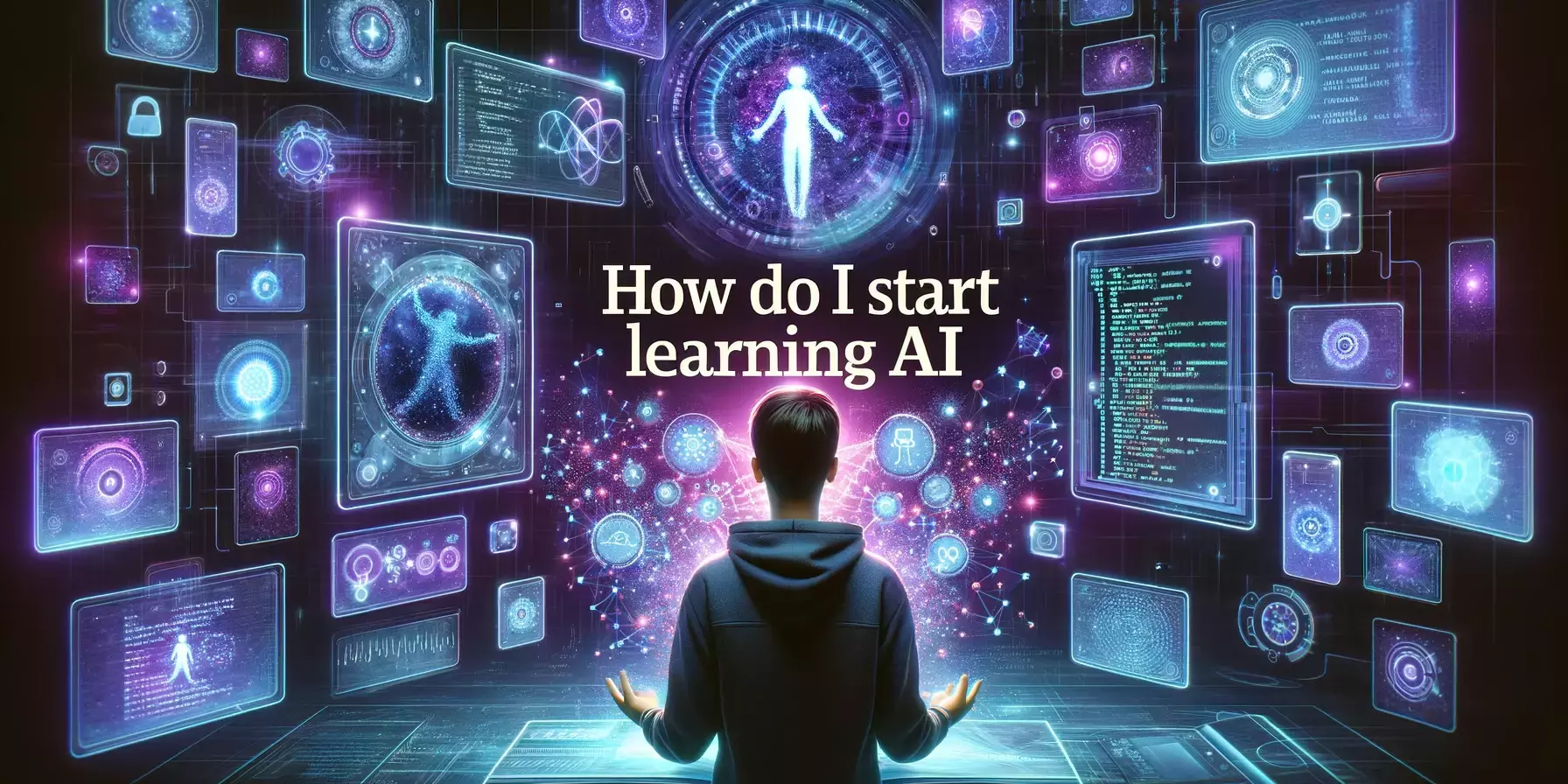
Generative AI is an exciting field with vast potential to transform industries and create innovative solutions. If you’re eager to dive into this cutting-edge technology, here’s a step-by-step guide to get you started on your journey to mastering Generative AI.
Step 1: Understand the Basics
Before diving into complex models, it’s crucial to understand the foundational concepts of AI and machine learning.
Resources:
- Online Courses: Platforms like Coursera, edX, and Udacity offer courses on AI and machine learning basics.
- Books: “Artificial Intelligence: A Guide for Thinking Humans” by Melanie Mitchell and “Machine Learning Yearning” by Andrew Ng are excellent starting points.
Step 2: Learn Python and Essential Libraries
Python is the go-to language for AI and machine learning due to its simplicity and powerful libraries.
Key Libraries:
- TensorFlow and Keras: For building and training neural networks.
- PyTorch: Another popular framework for deep learning.
- NumPy and Pandas: For data manipulation and analysis.
Resources:
- Interactive Tutorials: Codecademy, DataCamp, and Kaggle offer hands-on Python tutorials.
- Books: “Python Crash Course” by Eric Matthes and “Hands-On Machine Learning with Scikit-Learn, Keras, and TensorFlow” by Aurélien Géron.
Step 3: Explore Generative Models
Understand the different types of generative models, such as Generative Adversarial Networks (GANs), Variational Autoencoders (VAEs), and transformer-based models like GPT‑3.
Resources:
- Online Tutorials: Medium and Towards Data Science have numerous articles and tutorials on GANs, VAEs, and transformers.
- Books: “Generative Deep Learning” by David Foster provides practical insights and examples.
Step 4: Hands-On Projects
Apply your knowledge by working on real-world projects. This hands-on experience is crucial for reinforcing learning and gaining practical skills.
Project Ideas:
- Text Generation: Create a text generator using GPT‑3.
- Image Generation: Build an image generator using GANs.
- Music Generation: Use RNNs to compose music.
Resources:
- Kaggle Competitions: Participate in AI competitions to tackle real-world problems.
- GitHub: Explore repositories with example projects and collaborate with other learners.
Step 5: Join AI Communities
Engage with AI communities to stay updated, share knowledge, and seek guidance.
Communities:
- Reddit: Subreddits like r/MachineLearning and r/deeplearning are great for discussions and resources.
- LinkedIn Groups: Join groups focused on AI and machine learning to network with professionals.
- Meetups and Conferences: Attend AI meetups and conferences to learn from experts and network with peers.
Conclusion
Starting your journey in Generative AI involves understanding the basics, mastering Python, exploring generative models, working on hands-on projects, and engaging with the AI community. With dedication and the right resources, you can harness the power of Generative AI to create innovative solutions and transform industries.